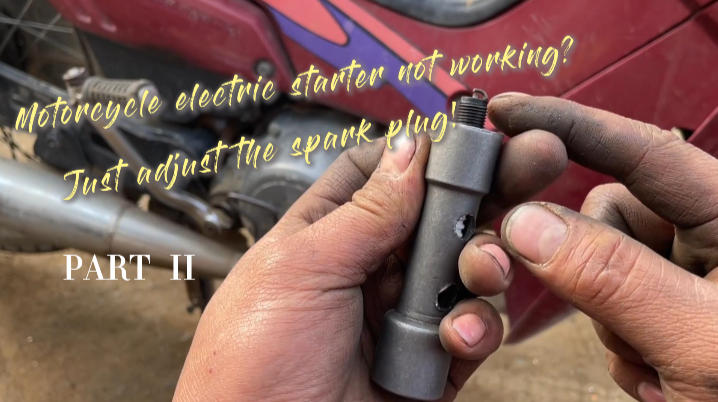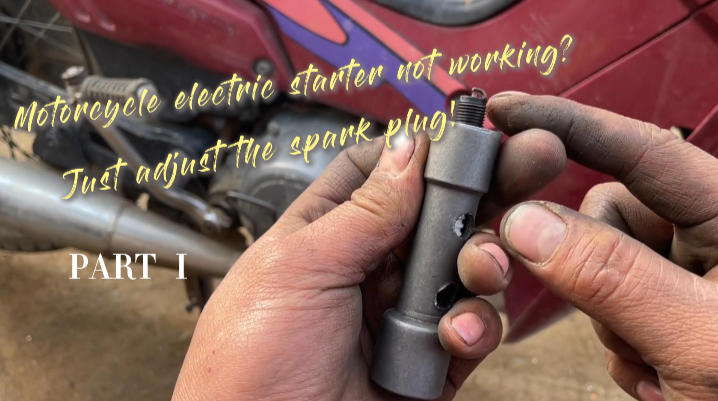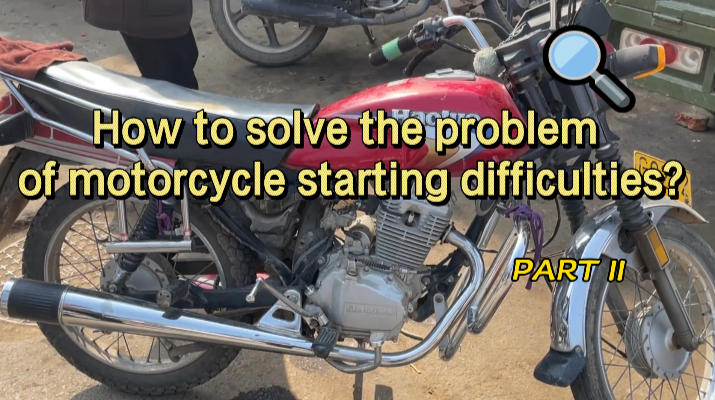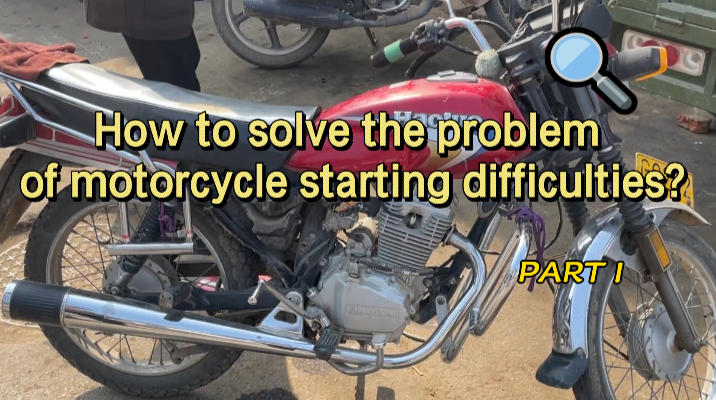Analysis of RC Model Motors: How Dimensions, Pole Count, and KV Value Affect Performance
-
17
-
2025-10-31 17:44:45
01. A Quick Look at RC Model Motors
Let’s start with the basics: an RC model plane’s “heart” is either a gas engine or a brushless motor. If you’re just getting into this hobby, picking a brushless motor isn’t that hard—you just gotta think about which batteries and chargers work with it. I’ve put together a quick comparison chart below, so feel free to check it out whenever you need:
02. Motor Size & Model Names
2.1 ◆ Figuring Out Stator Sizes
When you’re shopping for a brushless motor, you’ll probably see model names like 2216 or 2814 come up. Here’s the lowdown on those numbers: the first two digits tell you the stator’s outer width (in millimeters), and the last two are how tall the stator is (also in mm).
Basically, the bigger the stator’s width and height, the larger its iron core is—and there are more wire windings too. That means the motor will be more powerful, plain and simple. Take the 2216 motor, for example: its stator is 22 mm wide and 16 mm tall. Usually, stator size and motor power go hand in hand—bigger stator = more power, no complicated stuff here.
2.2 ◆ What Motor Size Actually Matters For
But here’s a heads-up: even though a bigger motor gives more power, it also adds extra weight to your whole RC setup. And one important thing to remember—those size numbers we talked about? They only refer to the stator, not the entire motor. Don’t mix those two up, okay?
03. Motor Performance Parameters
3.1 ◆ The Role of Slot Count and Pole Number The slot count alongside pole number are vital elements that significantly affect both performance efficiency and power distribution within motors. The slot count refers to how many winding slots are present on the stator; conversely, pole number indicates rotor polarity configuration. Careful selection of these parameters is essential for optimizing operational efficiency as well as maximizing power output potential—this dimensional information becomes particularly valuable when comparing various motor models.
Number of Slots (N) : Basically, this is how many slots there are on the stator core. For three-phase motors like brushless ones, the number of slots is usually a multiple of 3—just remember that little rule, and you’re good.
Number of Poles (P) : This is all about how many magnets are on the stator. Here’s the thing: magnets always come in pairs (north and south poles), so the total number of poles is definitely even. You’ll never see an odd number here.
3.2 ◆ KV Rating and Speed The KV rating of a brushless motor? Put simply, it’s “how much speed you get per volt.” It’s easy to see the link between the input voltage and the motor’s no-load speed—like, every time you add 1 more volt of input, the motor’s no-load speed (measured in RPM, or revolutions per minute) goes up by a fixed little bit. If you’re looking at motors from the same series—say, a 2216 motor from a certain brand—different KV ratings just mean things like the number of turns in the stator coils are different. That’s why their speed characteristics aren’t the same.
3.3 ◆ How to Categorize Motor Types Brushless motors mainly split into two types, and it all depends on where the stator is: outer rotor and inner rotor. These two aren’t just different in structure—their performance is pretty different too. So you gotta pick the right one based on what you’re actually using the motor for.
3.4 ◆ What’s the Difference Between Outer Rotor and Inner Rotor? With an outer rotor motor, the stator is inside the housing, and the rotor wraps around the outside.
When it’s running, the magnetic field from the stator and the rotor work together really well—so the energy conversion efficiency is pretty solid. An inner rotor motor is the opposite: the rotor is tucked inside the stator. When this one runs, only the rotor spins—the housing stays totally still. Generally speaking, outer rotor motors have more torque but lower KV ratings. Inner rotors are the reverse: less torque, but higher KV. Also, how each one interacts with its housing when it’s moving is different too—something else you should keep in mind.
-
Starterstock Starter Drive Bendix for Beta Enduro RR/Xtrainer
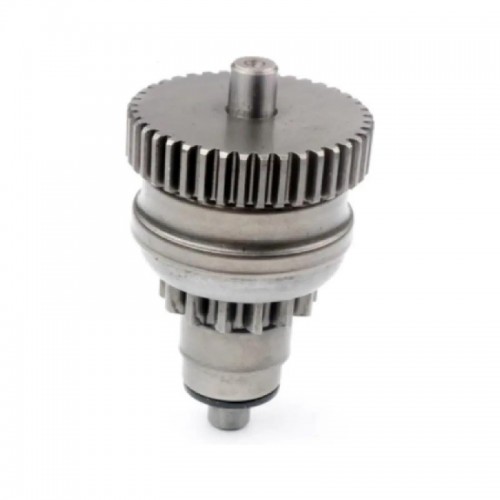
-
Starterstock Starter Drive Bendix for Sea-Doo Speedster 200 Twin 4-TEC

-
Starterstock Starter Drive Bendix for Polaris Trail Blazer/Sportsman
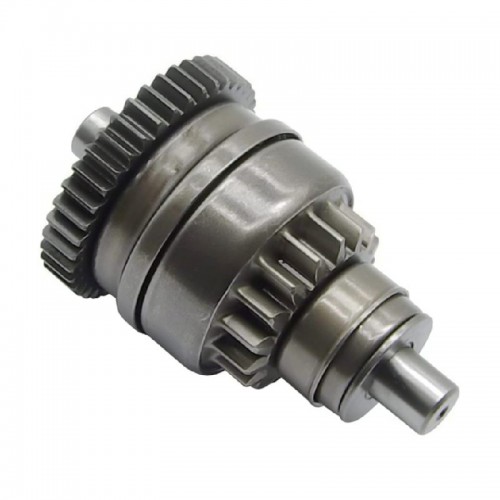
-
Starterstock Starter Drive Bendix for Kawasaki Jet Ski 650-1100
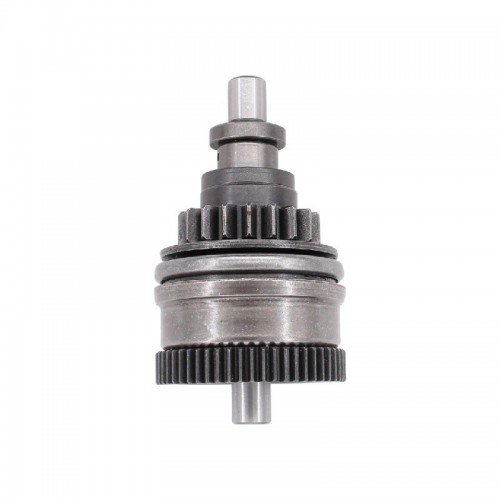
-
Starterstock Starter Drive Bendix for Yamaha WaveRunner/WaveRaider
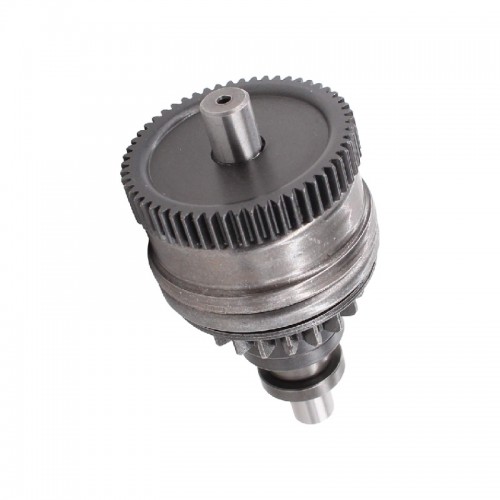
-
Starterstock Starter Drive Bendix for Polaris Sportsman/Ranger
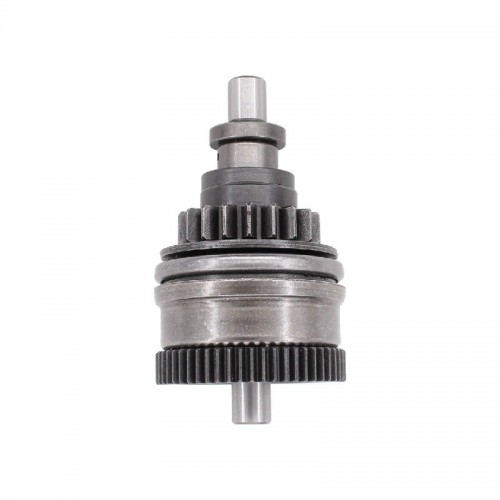
-
CARBURETOR LY-010011 for TOYOTA 4Y HILUX
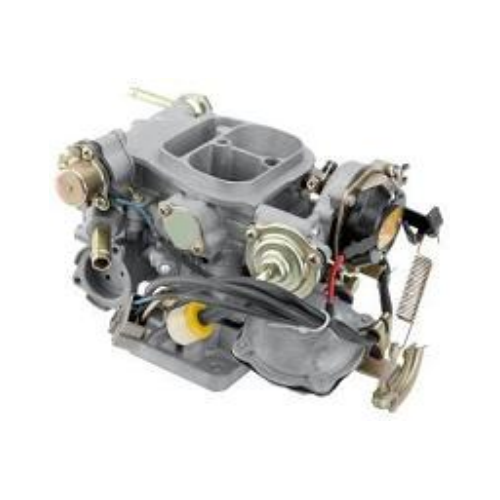
-
CARBURETOR LY-010010 for TOYOTA 3Y HIACE

-
CARBURETOR LY-010009-A for PEUGEOT 405 ZINC
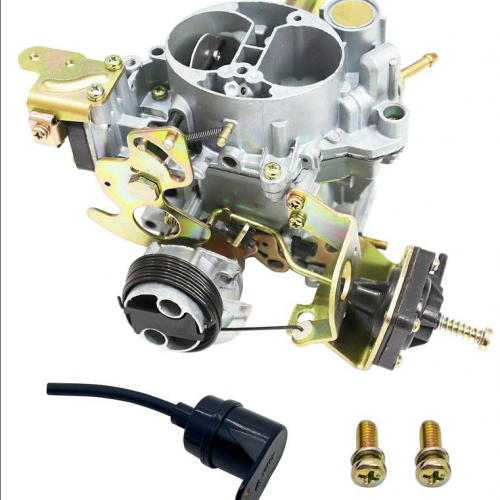
-
CARBURETOR LY-010009 for PEUGEOT 505 ZINC



